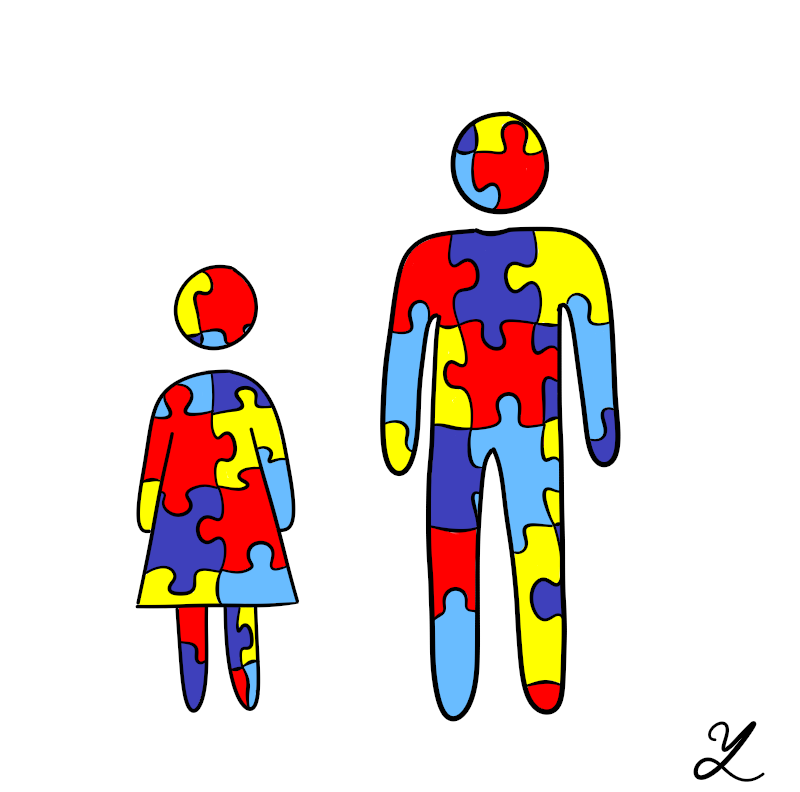
Increased attention to social stimuli by female infants at high risk for autism might explain why girls are four times less likely to be diagnosed with autism than boys.
Researchers at the Yale Child Study Center found that younger female siblings of children with autistic spectrum disorders naturally pay greater attention to social stimuli than their male counterparts. As siblings of those with autism, these infants are more likely to be diagnosed with autism themselves. The findings suggest that this social-orienting advantage might act as a protective factor for high-risk females, alleviating those symptoms typically associated with ASD. The study was published in the Journal of the American Academy of Child & Adolescent Psychiatry on Dec. 17, 2015.
“Recently there has been a major effort in the field of autism research to investigate a host of topics involving gender,” said Suzanne Macari, an associate research scientist in the Child Study Center. “These include the notion that there is a somewhat altered profile of symptoms in females with the disorder. The mechanisms [at work, though,] are largely unknown, so studying girls at high risk for ASD was a logical next step.”
For the experiment, lead author Katarzyna Chawarska GRD ’00, a professor in the Child Study Center, and her team put together a high-risk population and a low-risk population: samples of 101 siblings of children with ASD and 61 infants with no family history — all of whom participated in the study at six, nine and 12 months.
Caroline Robertson, junior fellow at the Harvard Society of Fellows and expert on the dynamics of visual perception in autism, noted that the study was “particularly impressive” for following the subjects’ trajectory over time.
The participants were presented with a video specifically designed to stimulate their visual attention and to assess their response to social interactions. The video featured a woman surrounded by toys, who alternated between child-directed speech and facial and affective cues, causing frequent gaze shifts that were then recorded by an eye-tracking system.
“There are very few groups using eye tracking in infants at high risk for autism this young, and looking at sex differences in this population using eye tracking is very unique,” Child Study Center professor Frederick Shic GRD ’08 said.
After the experiment, Chawarska and her team conducted a statistical analysis to compare the amount of time the infants spent attending to the social scenes.
“The most striking finding was that female infants at risk [exhibited greater attention to the speaker’s face] compared to both high-risk boys and girls who are not at risk for ASD. This means that in early infancy, girls work harder than others at trying to learn from their ambient social environment,” Chawarska explained.
The underlying processes that allow females to outperform males in terms of selective social attention, however, remain unknown.
According to Doctor Chawarska, the future of sex-related research on autism is trying to understand the mechanism that makes some children look at important social events more than others.
“We are now planning a study that will … allow us to evaluate if boys and girls with ASD show any differences in how these mechanisms unfold in infancy and if they are related to their later outcomes in terms of symptom severity and levels of social functioning,” Chawarska said.
The ultimate goal for autism research, according to Chawarska, is to be able to improve selective attention in both infants at risk for autism and in toddlers who have already been diagnosed with ASD.
According to the Centers for Disease Control and Prevention, about 1 in 68 children is diagnosed with ASD.







